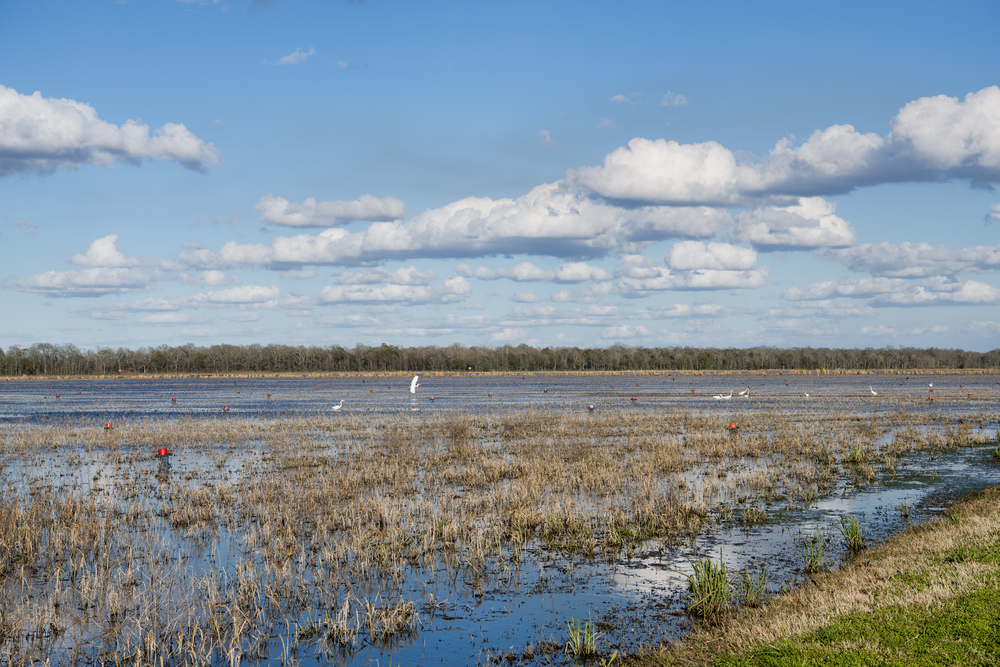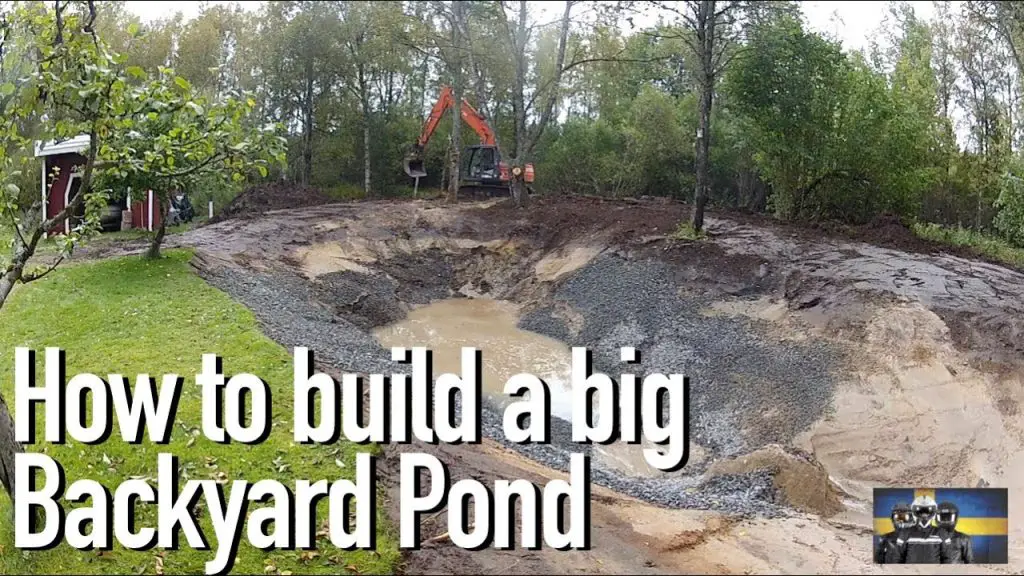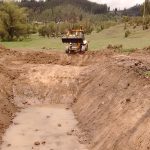Are you a seafood lover who enjoys the taste of fresh crawfish? Have you ever thought about having your own crawfish pond right in your backyard? With the right knowledge and a bit of effort, you can create a thriving crawfish pond that will provide you with a steady supply of these delicious crustaceans. In this comprehensive guide, we will walk you through the process of making a crawfish pond from start to finish. So, roll up your sleeves and get ready to embark on this exciting journey!
Step 1: Selecting the Location
The first step in creating a crawfish pond is selecting the right location. Crawfish thrive in muddy, shallow waters, so look for a spot in your backyard that receives plenty of sunlight and has access to a water source. Make sure the area is free from any chemicals or pollutants that could harm the crawfish.
| Location Checklist: |
|---|
| Sunny spot |
| Access to water source |
| Chemical-free environment |
Step 2: Digging the Pond
Once you have chosen the perfect location, it’s time to start digging your pond. Use a shovel or a backhoe to excavate the area, making sure to create a pond that is at least 3 feet deep. The size of your pond will depend on how many crawfish you plan to raise, but a good rule of thumb is to aim for a pond that is around 1/4 acre in size.

Credit: www.wikihow.com
Step 3: Adding Water and Clay
After you have finished digging the pond, fill it with water from a clean water source such as a well or rainwater collection system. Next, add clay to the pond to create the muddy bottom that crawfish love. The clay will help to seal the pond and retain water, creating the ideal environment for your crawfish to thrive.
Step 4: Introducing Crawfish
Once your pond is filled with water and the clay has been added, it’s time to introduce the crawfish. You can purchase juvenile crawfish from a local supplier or catch them yourself in the wild. Release the crawfish into the pond and watch as they quickly make themselves at home in their new environment.

Credit: www.acadiacrawfish.com
Step 5: Feeding and Maintaining the Pond
To ensure that your crawfish pond remains healthy and productive, it is important to feed and maintain the crawfish regularly. Crawfish are omnivores and will eat a variety of foods, including algae, plants, insects, and commercial feed. Make sure to feed your crawfish regularly and monitor the water quality to prevent any issues.
Maintenance Tips:
- Monitor water quality
- Remove any dead crawfish
- Keep the pond free from debris
- Check and repair any leaks in the pond
Step 6: Harvesting the Crawfish
After several months of growth, your crawfish will be ready for harvesting. You can harvest crawfish by using traps or nets to catch them in the pond. Make sure to harvest the crawfish carefully to avoid any injuries to the remaining population. Once harvested, you can enjoy your fresh crawfish in a variety of delicious dishes.
Step 7: Enjoying the Fruits of Your Labor
Congratulations! You have successfully created your own crawfish pond and now have a sustainable source of fresh crawfish right in your backyard. Invite your friends and family over for a crawfish boil and enjoy the fruits of your labor together. With a little bit of effort and dedication, you can enjoy the taste of fresh crawfish whenever you desire.
Creating a crawfish pond is a rewarding experience that allows you to connect with nature and enjoy the fruits of your labor. By following the steps outlined in this guide, you can create a thriving crawfish pond that will provide you with a sustainable source of fresh crawfish for years to come. So, why wait? Start planning and building your own crawfish pond today and embark on this exciting culinary adventure!





